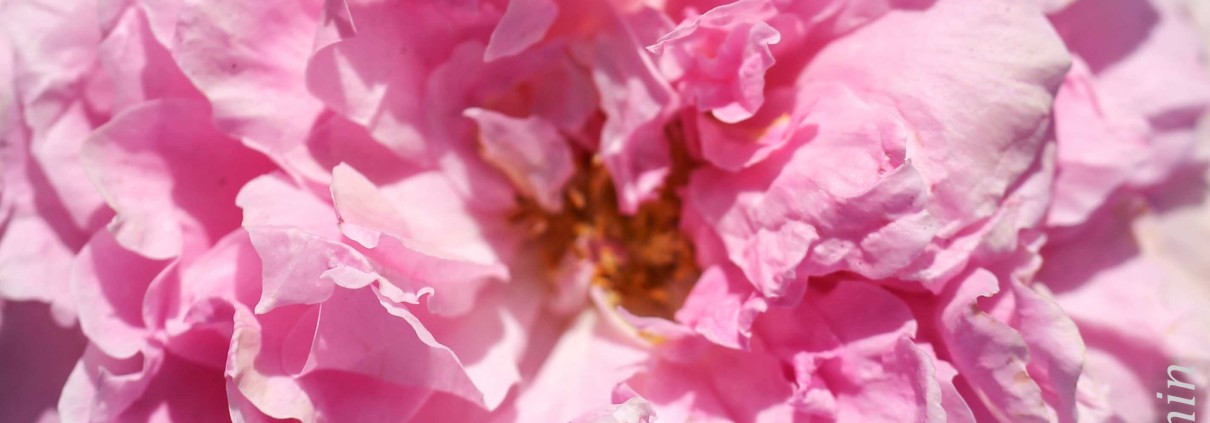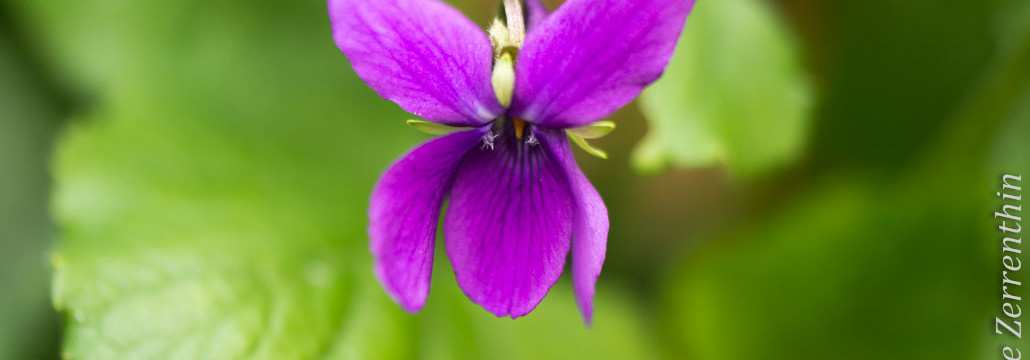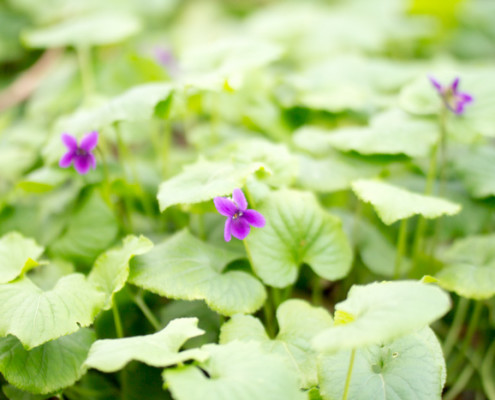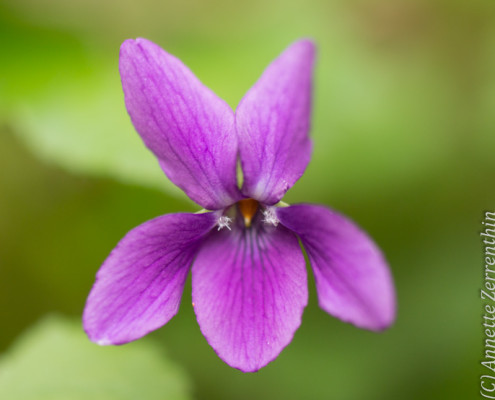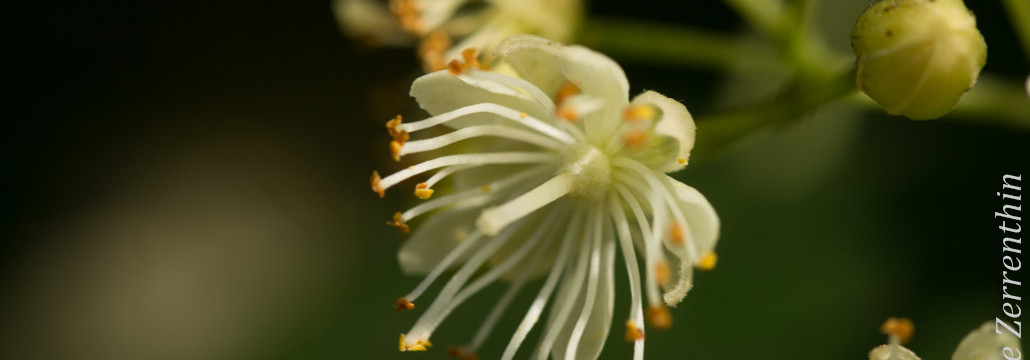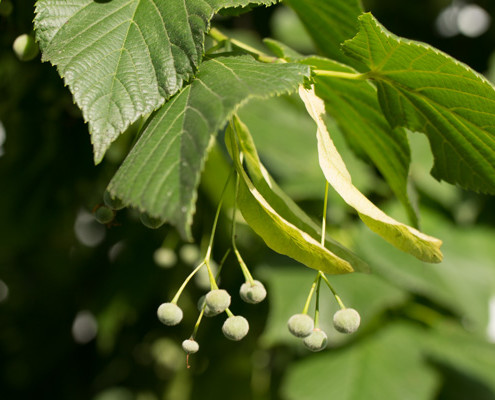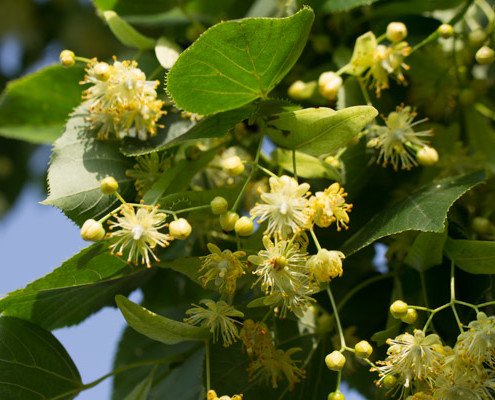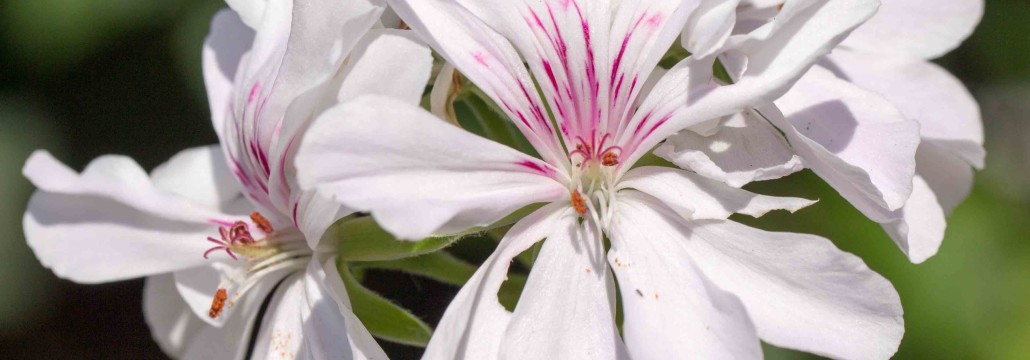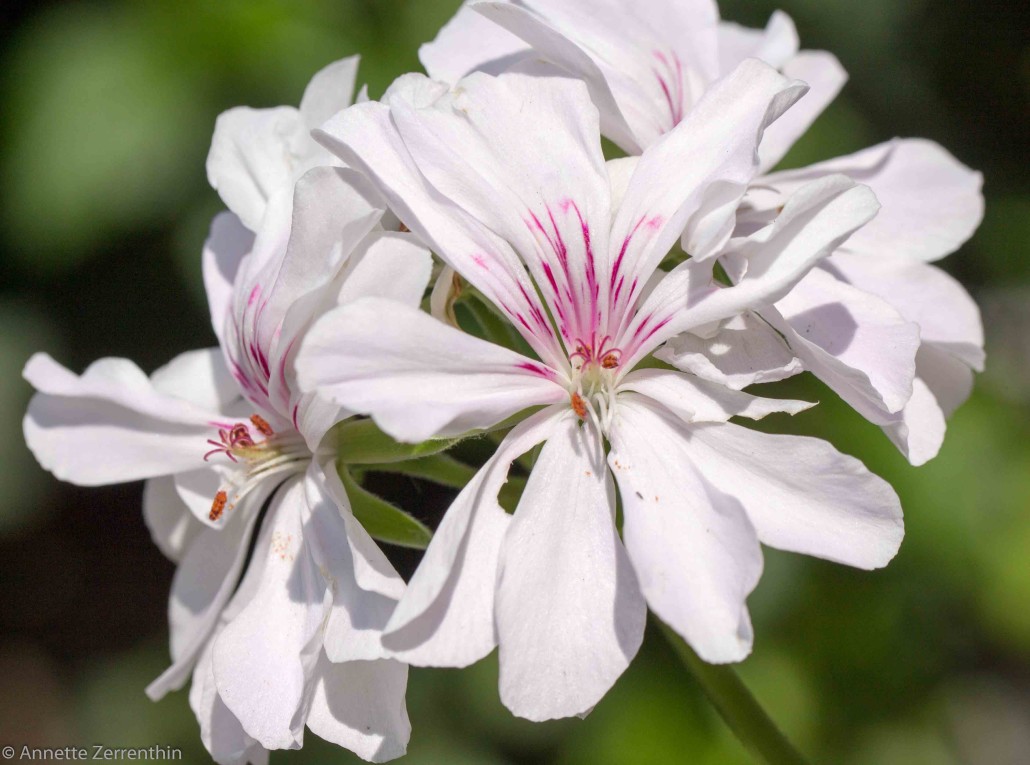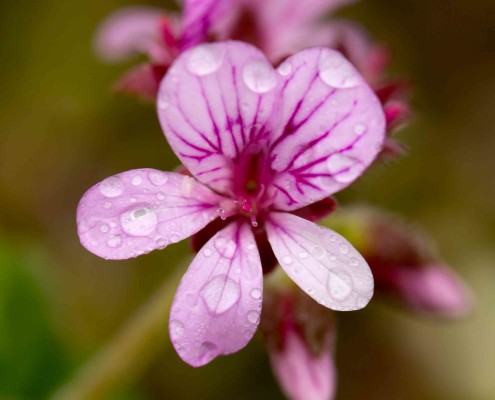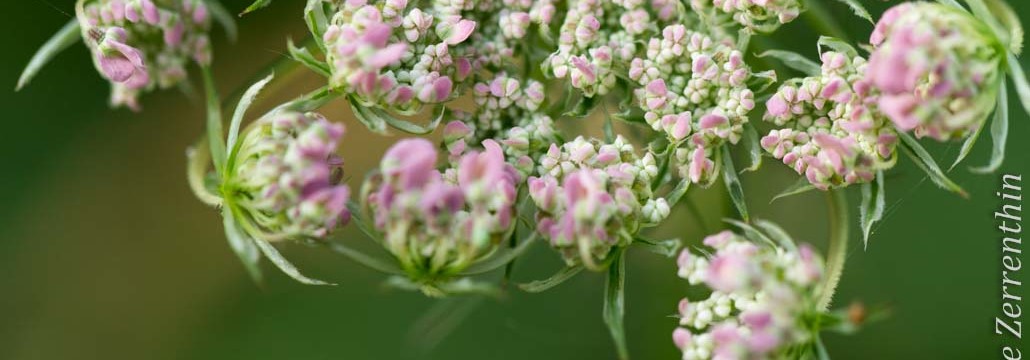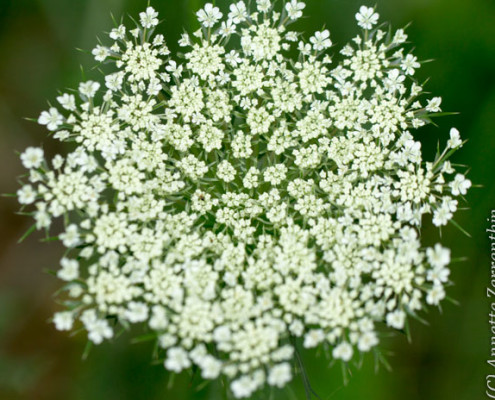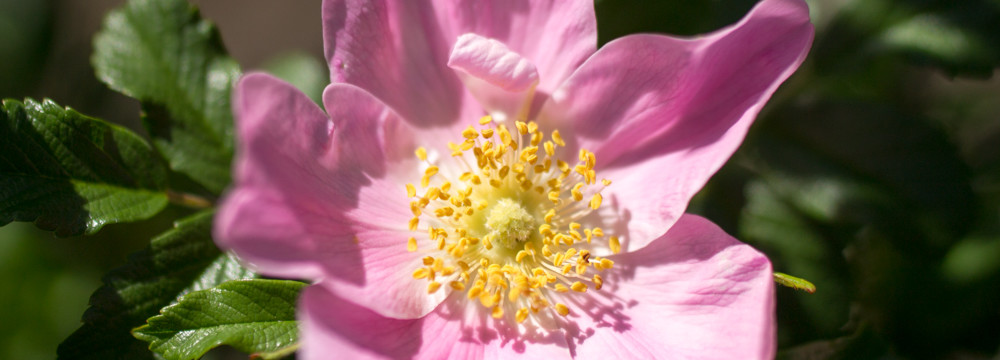The Rose – Love, Beauty, Life
I asked the rose, ‘From whom did you steal that beauty?’
The rose laughs softly out of shame, but how should she tell? – Rumi
Why on earth am I writing on roses? Hasn’t there been enough written about them, used in imagery a million times over and poetry galore? My reluctance to write about roses has included my avoidance to photograph them. Don’t get me wrong I adore roses and love to have them in my house and as I’m writing, there is a bunch of blush pink hybrids in a vase standing right next to me. The rose is all too perfect: it is beautiful with a divine fragrance and is so versatile being used in cosmetics, as perfume, healing, cooking, aromatherapy and as a medicinal plant. It is an ancient symbol of love and beauty. A sacred symbol in Islam and Christianity.
In Christianity, the five petals of the rose symbolise the five wounds of Christ.
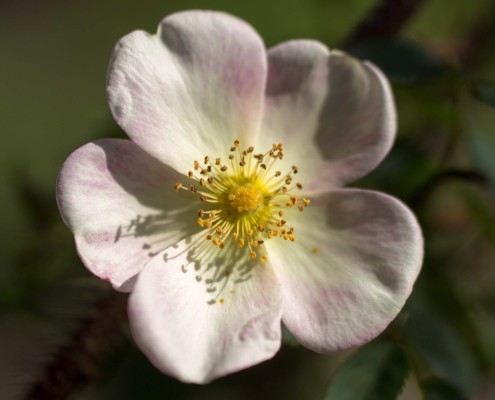 There are over 100 species of wild roses, most are native to Asia, with smaller numbers from Europe, North America, and northwest Africa. The vast range of today’s rose varieties evolved by cross-breeding roses of different varieties and with those traded across continents and countries. Jennifer Potter, horticultural historian, gives us an insight into the cultural history of this beautiful flower in her book ‘The Rose’ that takes us on a journey from Greek and Roman empires, through Europe, the Middle East to China.
There are over 100 species of wild roses, most are native to Asia, with smaller numbers from Europe, North America, and northwest Africa. The vast range of today’s rose varieties evolved by cross-breeding roses of different varieties and with those traded across continents and countries. Jennifer Potter, horticultural historian, gives us an insight into the cultural history of this beautiful flower in her book ‘The Rose’ that takes us on a journey from Greek and Roman empires, through Europe, the Middle East to China.
In the West, wild and cultivated roses were mentioned to have medicinal properties by the ancient Greeks in De Materia Medica . Prepared in various ways they were used to ease sore eyes, ears and gums, aches and pains, inflammations, wounds or used in cosmetics.
In aromatherapy, rose essential oils are produced from Rosa damascena or Rosa centifolia by steam distillation (Rose otto) or through solvent extraction (Rose absolute). The latter is the preferred choice for perfumes as this method isolates more efficiently the odorous components of the flower. Rose essential oil has a soothing effect on the emotions and can be used to ease depression or grief, it lifts the heart and addresses nervous tension and stress. Used topically, it is indicated for dermatitis, wounds and wrinkles. It has antiviral and antiseptic properties and research has shown it to be effective to treat chronic bronchitis.
The by-product of steam distillation is rosewater, a floral water which is also known as a hydrolate. Rosewater contains all water-soluble constituents of rose flowers.
A scene in the movie Farewell, My Queen, shows French queen Marie-Antoinette use rosewater on one of her servants to ease itching from insect bites. ‘Interesting’ I thought, ‘must look this up’ … and indeed rosewater is indicated to be cooling and soothing for itchy skin infections. You can also use it externally for eye infections, burns and take internally to calm anxiety and stress.
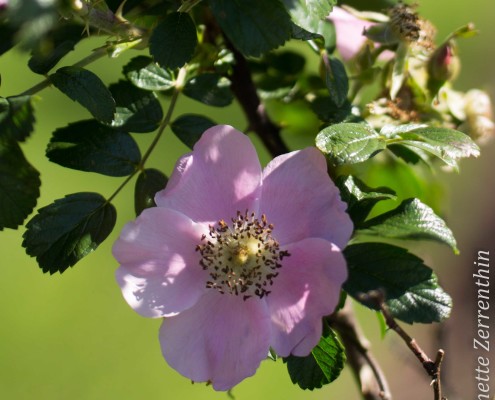 One of the wild roses native to Europe, northwest Africa and western Asia is Rosa canina, commonly known as Dog Rose. For medicinal use leaves, flower petals and the rose hips are gathered seasonally to make tea, fruit puree, jelly, liqueur, wine or rosewater. High in Vitamin C, its rose hips are used to strengthen the immune system to fend against colds, flu and seasonal tiredness.
One of the wild roses native to Europe, northwest Africa and western Asia is Rosa canina, commonly known as Dog Rose. For medicinal use leaves, flower petals and the rose hips are gathered seasonally to make tea, fruit puree, jelly, liqueur, wine or rosewater. High in Vitamin C, its rose hips are used to strengthen the immune system to fend against colds, flu and seasonal tiredness.
There is a difference between the fragrant floral water of roses and the flower essence of Wild Rose. The latter is a vibrational preparation of the flower in water without taste or scent. Flower essences are predominantly used to balance emotional states.
The Bach flower essence of Wild Rose Rosa canina is for those experiencing apathy, a lack of interest and ambition. There is a resignation and inner capitulation towards life. Edward Bach writes on the properties of this essence: ‘Those without apparently sufficient reason become resigned to all that happens, and just glide through life, take it as it is, without any effort to improve things and find some joy. They have surrendered to the struggle to life without complaint.’
Tell me, what is it you plan to do with your one wild and precious life? -Mary Oliver
The positive potential of Wild Rose flower essence is to regain the zest for life, to embrace it fully and feel an inner freedom and vitality.
© Annette Zerrenthin, 2013.
References: M. Scheffer. The Encyclopedia of Bach Flower Therapy. Healing Arts Press, 2001. Dr. U. Kuenkele, T.R. Lohmeyer. Herbs For Healthy Living. Parragon, 2007. J. Potter. The Rose. Atlantic Books, 2010. W. Sellar. The Directory of Essential Oils. Vermillion, 2001. D. Wabner. Aromatherapie. Urban & Fischer, 2012.

